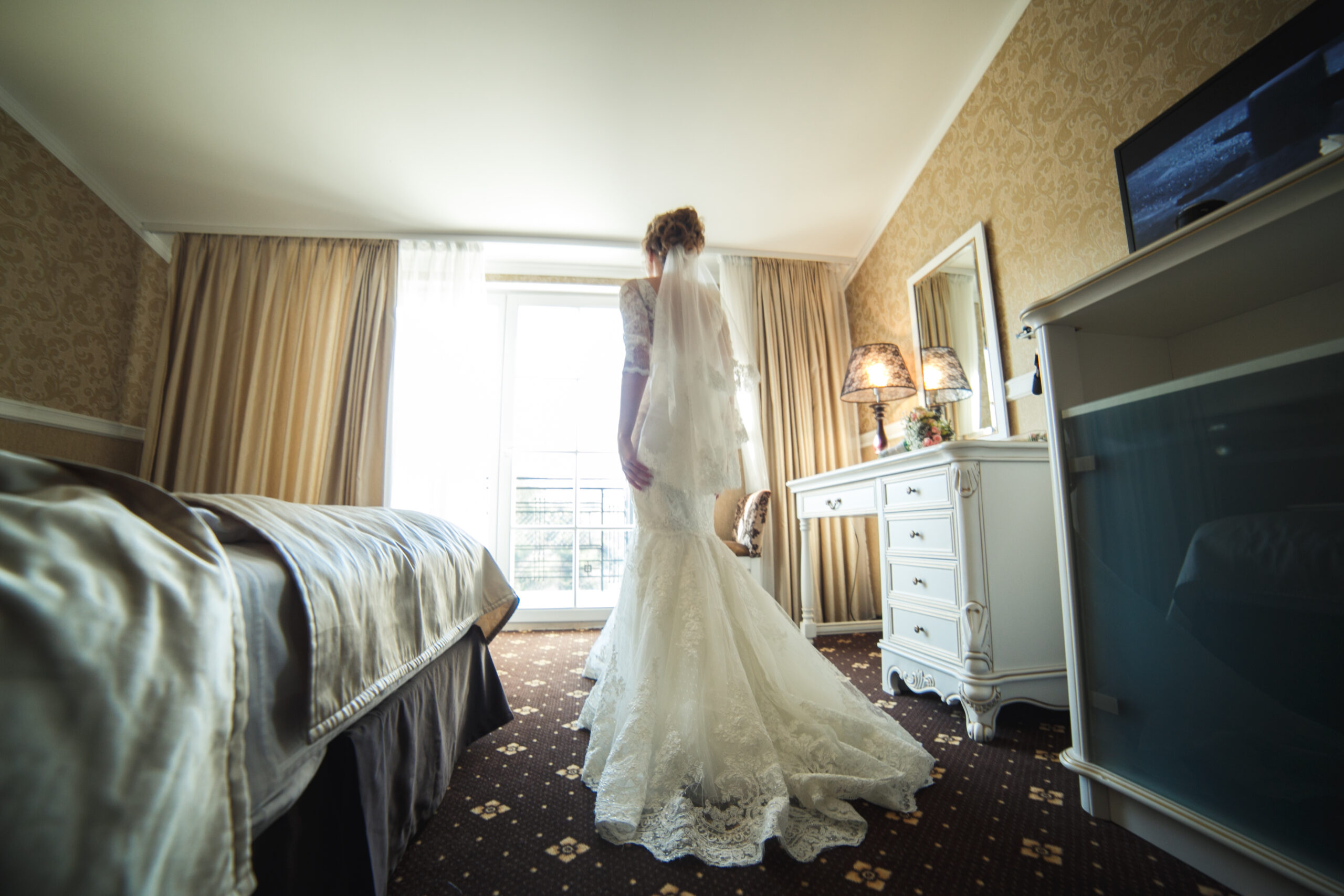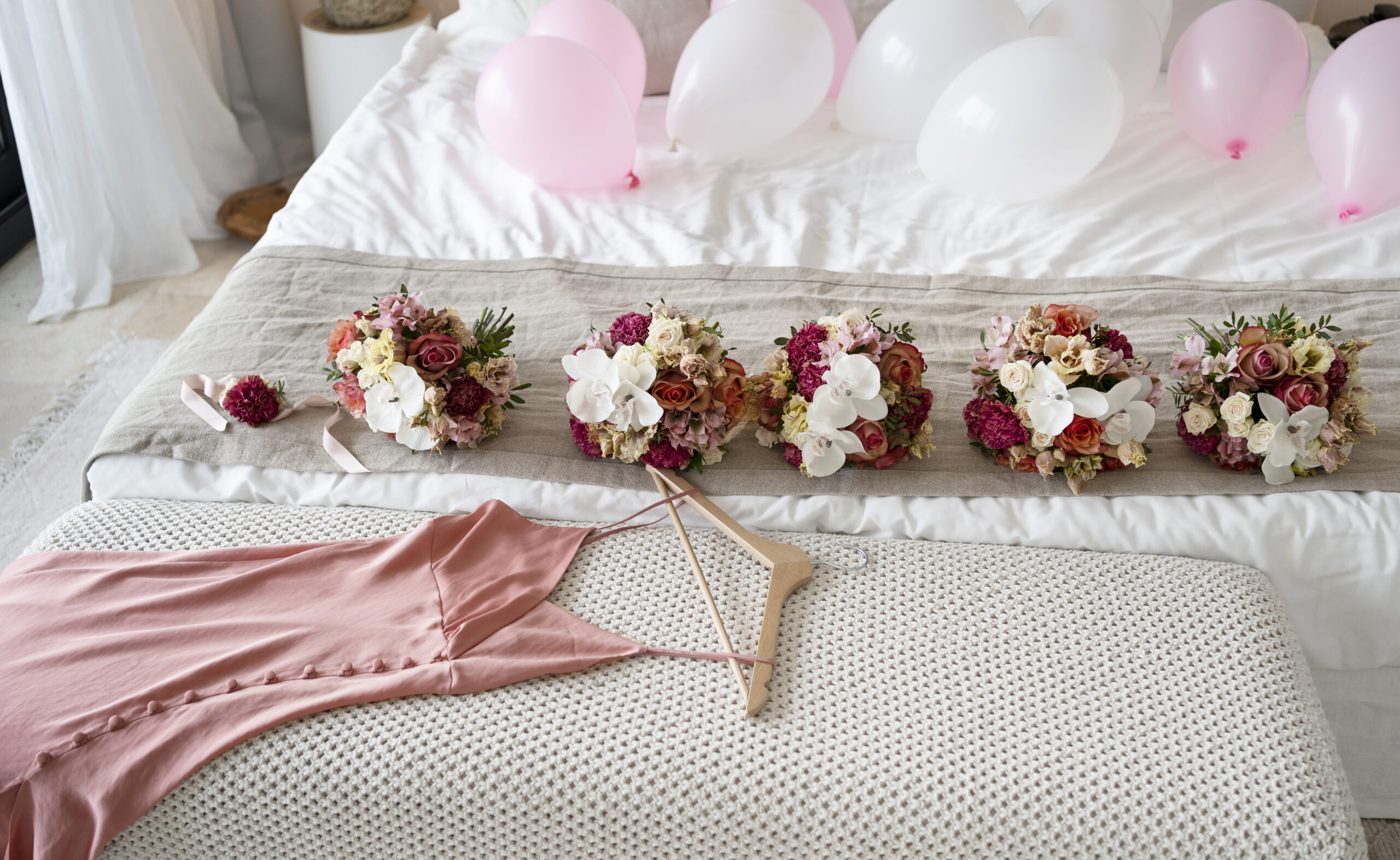Ceremonial Beddings
From ancient civilizations to modern weddings, ceremonial beddings have symbolized love, family, and fertility. Across cultures, these bridal-bed traditions reveal that marriage is more than a private vow—it’s a public celebration and a rite of passage shaped by beliefs, materials, and community values.
Key Takeaways: Ceremonial Beddings
- Ceremonial beddings publicly honored the couple, secured family alliances, and invited blessings for fertility and prosperity.
- Symbols—colors, fabrics, herbs, and charms—signaled shared values like purity, joy, protection, and continuity.
- Modern weddings echo the past with intimate customs, sustainable materials, and meaningful design details.
- Choosing organic bedding, sustainable bedding, or eco-conscious sheets can align tradition with today’s values.
Ancient Mesopotamia: Fertility Altars and Divine Blessings
Answer first: In Mesopotamia, ceremonial beddings functioned as sacred altars, inviting the gods to bless the union and future lineage. The bed’s adornments made the couple’s hopes visible to their community.
Newlyweds slept on a bed sprinkled with symbolic grains and decorated with plants linked to love and abundance. Offerings and hymns to deities created a bridge between household and cosmos, anchoring the marriage in divine order.

Ancient Greece: Community Processions and Mythic Protection
Answer first: Greek ceremonial beddings were public events—processions with music and torches presented the marital bed to the community, securing social recognition and mythic favor.
Olive branches, laurel wreaths, and invocations to Hera celebrated unity, victory, and protection. The lively procession balanced private intimacy with civic affirmation, showing that marriage strengthened the whole polis.
Medieval Europe: Witnesses, Legitimacy, and Lineage
Answer first: In medieval Europe, ceremonial beddings marked the legal and social confirmation of marriage, safeguarding inheritance and lineage.
Clergy or nobles might escort the couple to the bedchamber while witnesses affirmed the union’s legitimacy. Though formal by modern standards, the ritual underscored the transition from public ceremony to private consummation, binding families and estates.
Jewish Traditions: The Sacred Yichud of Togetherness
Answer first: The yichud room centers unity and privacy, echoing historical ceremonial beddings while focusing on sanctified togetherness rather than public display.
Immediately after the ceremony, the couple shares a private moment to reflect, eat, and begin their life as partners. This pause honors intimacy as a sacred value while maintaining communal celebration outside the door.
Chinese Weddings: Auspicious Red and Joyful Prosperity
Answer first: In Chinese tradition, ceremonial beddings glow with red—the color of joy, vitality, and luck—and invite prosperity for the new household.
Chambers feature the double-happiness character, auspicious phrases, and playful customs such as children bouncing on the bed to encourage fertility. Red bedding remains a beloved choice, blending cultural continuity with modern style.
Norse and Celtic Customs: Nature’s Protection and Blessing
Answer first: In Norse and Celtic contexts, ceremonial beddings used herbs, flowers, and charms to welcome blessings and ward off harm.
Freya, Brigid, and other deities were invoked while beds were crafted from meaningful woods or lined with symbolic textiles. Rosemary for remembrance, lavender for calm—nature became part of the marriage’s protective circle.
Colors and Fabrics: What They Signaled Across Cultures
Answer first: The materials and colors of ceremonial beddings communicated shared values—purity, joy, prosperity, and status—often as clearly as the vows themselves.
White linens pointed to new beginnings; red signified luck and fertility; gold embroidery conveyed wealth and lineage. Silk, cotton, wool, and linen were chosen for comfort and symbolism—silk for longevity and prestige, linen for durability and breathability, and cotton for softness and ease. Today, couples often blend meaning with wellness by considering organic bedding and sustainable bedding options that feel good and align with their values.
For creating a calming wedding-night space, explore our guide to building a serene bedroom sanctuary.
Curious about materials? Compare fibers and weaves in these helpful guides: best materials for bed sheets and percale vs. sateen vs. linen.
Modern Echoes: Intimacy, Meaning, and Sustainable Choices
Answer first: While formal rituals have faded, modern ceremonial beddings live on in intimate touches—petals, threshold carries, thoughtful lighting—and in the mindful selection of materials.
Couples today often favor eco-conscious sheets, natural fibers, and low-VOC bedroom elements. Selecting organic bedding and sustainable bedding unites tradition with health, comfort, and ethics—an elegant way to honor the past while sleeping well in the present.
- Investing in quality bedding can make your first nights together truly restorative.
- Design a harmonious space with feng shui bedroom elements and principled layouts.
Eco-Friendly vs. Conventional: A Simple Bedding Comparison
Answer first: When translating tradition into practice, choosing eco-friendly textiles for ceremonial beddings can reduce environmental impact without sacrificing comfort.
Eco-friendly options: Organic cotton, linen, TENCEL™ lyocell, and wool often require fewer harsh chemicals and can support resilient supply chains. These choices pair well with eco-conscious sheets and thoughtful bedroom ventilation. Conventional options: Blended synthetics may offer low upfront cost and wrinkle resistance, but can pill faster and trap heat.
To go deeper on material performance and care, review: linen vs. cotton sheets and satin vs. silk pillowcases.
Certifications & Quality Marks: A Quick Buyer’s Guide
Answer first: If you want your ceremonial beddings to be both meaningful and responsibly made, look for third-party labels that verify material safety and ethical sourcing.
Helpful signals to research when shopping:
- Organic content & safety: Many shoppers seek independent verification for reduced chemical use and safe dyes.
- Fiber & weave: Cotton percale vs. sateen, linen weight, and silk momme affect feel, drape, and temperature balance.
- Thread count (for cotton): A wide quality range can be comfortable; focus on fiber grade and weave integrity rather than chasing the highest number. See: what thread count really means.
- Care & longevity: Follow specific wash instructions to protect delicate fabrics and embroidery.
Real-World Examples: Materials that Feel Special
Answer first: You can capture the spirit of traditional ceremonial beddings with tactile, breathable materials that age beautifully and invite rest.
- Linen: Naturally airy and strong; softens with each wash. Explore fabric pros and cons in this bed sheets guide.
- Silk: Smooth feel and elegant drape; many love it for pillowcases and lightweight sheets. See silk pillowcase benefits for care and expectations.
- Cotton Percale: Crisp, cool hand that’s ideal for warm sleepers. Learn more in the percale overview.
Want a soothing scent-scape? Pair natural fibers with sleep-friendly aromatherapy for calm and connection.
FAQ
- What is the purpose of ceremonial beddings?
- Ceremonial beddings symbolized fertility, societal approval, and the formal union of two families—turning private commitment into shared celebration.
- Are bedding rituals still practiced today?
- Public rituals are rare, but modern couples echo the spirit of ceremonial beddings with petals, threshold traditions, and intimate, eco-minded design choices.
- Which cultures featured the most elaborate ceremonial beddings?
- Ancient China and medieval Europe are often cited for ornate, socially significant practices—rich colors, embroidery, and highly formal customs.
- What materials work well for ceremonial beddings now?
- Linen, silk, and long-staple cotton blends balance beauty with comfort. Many couples choose organic bedding or sustainable bedding to align with wellness and values.
Final Thoughts
Ceremonial beddings show how love, family, and community converge in a single setting—the shared bed. Whether you honor the past with symbolic colors or modernize with eco-conscious sheets, the goal is the same: comfort, connection, and a restorative start. For more guidance on creating a meaningful, restful space, explore Cozy Bed Quarters resources below.
Related Reading
Feng Shui Bedroom Tips for Harmony and Better Sleep
Feng Shui Bedroom Layout: Where to Place the Bed
Temperature-Regulating Bedding: Sleep Cool and Comfortable
Sleep Foundation: Best Sheets Overview
Parachute Home: Know Your Bedding
Better Homes & Gardens: Peony Symbolism and Weddings





